By: Grace Bielefeldt
Hallo, hoe gaan dit? Ons is in Suid-Afrika, en dit is baie lekker!!
I scored on blog post scheduling because we have had quite the eventful week this week, and South Africa is a place that I am quite fond of! I’ve definitely had my opportunities to practice some Afrikaans with our driver Jeff and our guesthouse host Cindy. But wow, it has been a whirlwind. The jet lag is finally starting to wear off, and the days are flying by (pun intended).
Let’s set the scene by starting at the beginning… Sunday, our free day. We started it off with a lovely breakfast (I’ve been avidly preaching Beefy Bovril meat and vegetable spread) before a good chunk of us, all in our Sunday best, headed back to Regina Mundi Catholic Church for Sunday mass.
Now, if I had a nickel for every language I have attended a Catholic service in, I would have four nickels (English, Italian, Japanese, and now Zulu!), which is not a lot but it’s weird that it’s happened four times. I thought the service was great! The music was wonderful and I’ve never danced so much at mass. I also found it so cool how the preacher code-switched during his sermon between English and (presumably) Zulu and back, which made it really interesting to listen to. He had very compelling things to say about 1 Timothy 6:10 (money is the root of all evil), and how while all things in life are subject to change, God remains constant. Definitely food for thought!
After church, a few of us headed back to De Baba Eatery for lunch where I had a Spicy Welsh Rarebit (I also don’t really know what that is), which was pretty good!
We also made a quick visit to a little nearby bookstore where I found a relic Apartheid-era textbook that teaches Zulu to Afrikaans speakers, which I was tempted to buy before I decided that it might be just a little outside of my skill range.
Then me and some friends decided to take a quick jaunt up a nearby hill a couple blocks from our guesthouse, part of the Melville Koppies Nature Reserve (which I didn’t realize at the time, but is a recognized Iron Age city heritage site that was referenced as a sacred site in a later museum we would visit). There, we enjoyed a nice hike, a beautiful view of the extensive city of Johannesburg, and a brief few minutes of reflective silence.
Our day ended with a very pleasant dinner at Queen Sheba Ethiopian Restaurant (per Habtamu’s recommendation and with his much-appreciated company), where we had a super great immersive experience and really tasty food (with plenty of leftovers to take home, too).
On Monday we started out with a class session where we learned about and started comparing the events of the 1976 Soweto Uprising and the 1963 Birmingham Children’s Crusade.
Afterwards, we had lunch at Melrose Arch before heading out to Constitution Hill, one former prison and military fort that held such prisoners as Nelson Mandela and Mahatma Gandhi. There, we toured prison Number Four, which is a testament to inequality not only outside but also within the South African prison system during Apartheid. We learned about countless human injustices and indignities committed there during its operation, and the unequal plight of white, colored, and black South Africans in the prison.



We then visited the next-door Constitutional Court of South Africa, which is the highest court in the country, and deals with human rights issues. Evidently, its decisions are so final that they cannot be appealed. The building was made from repurposed bricks from another, demolished section of the prison, and was a beautiful work of architecture filled with art and symbolic imagery. It served as an interesting snapshot into the South African judicial system and South African values post-Apartheid.
For dinner we had bobotie and malva pudding at the guesthouse, which are two of my favorite South African dishes!
Tuesday we returned our focus towards the June 16th, 1976 Soweto Uprising, which was a protest conducted by South African students in the South West Townships (SoWeTo) over the proposed institution of Afrikaans as the sole language of academic instruction. What was intended as a peaceful protest quickly turned into a massacre when police fired on the crowds of youth, ultimately resulting in hundreds of deaths.
To learn about this significant event, we visited the June 16th, 1976 Interpretation Centre, which presents a number of perspectives relating to the event, and then we drove along the route that the protesting students took on that day. We stopped at the Hector Pieterson Museum at the end, which is another museum documenting the results and context of the uprising. Zolile Hector Pieterson is commonly known to be the first person to die in the Soweto Uprising, directly shot by a police officer — he was 12 years old. His photo, where his body is carried by a man named Mbuyisa Makhubo and followed by his sister, Antoinette Sithole, was hugely influential in inspiring international protests against Apartheid. Antoinette, who is still alive today, was kind enough to visit with us, tell us her story, and give us some very valuable advice.
We finished the day with lunch (mine was at Nando’s!) and then with our presentations comparing the events, themes, and aftermaths of the Birmingham Children’s Crusade and the Soweto Uprising.
Wednesday was our LONG long day (8am to 8pm!!) but in my opinion it was one of the most fulfilling days of Global Semester so far. We went to Pretoria, which is the administrative capital of South Africa (judicial is Bloemfontein, legislative is Cape Town). The first thing you notice driving into Pretoria is perhaps your seasonal allergies — the city is covered in beautiful blooming purple jacaranda trees (a species originally from Brazil, which is invasive to South Africa, but stunning).
Our first stop was the Union Buildings, which not only feature in Invictus (2009), but also house South Africa’s executive government. Noteworthy things you may notice on the grounds are the high security measures, giant statue of Nelson Mandela, and the site of a protest that has been taking place there for 6 years. The Khoi-san are the indigenous people of South Africa, present in the region before both the Bantu and Europeans. I had the opportunity to visit the encampment where 10 Khoi-san people had been living in the garden for all those years and talk with one man who explained his plight. He explained how the protesting members had the following (yet unanswered) demands of President Cyril Ramaphosa: the dissociation of Khoi-san as “colored,” the official institution of the Khoekhoe language alongside South Africa’s 11 national languages, and further land reclamation grants for the Khoi-san people. I found it interesting how indigenous rights translate in such a different context to where I come from, and yet how universal the themes are.
Then, we headed to the US Embassy, where we had the chance to hear from four American Foreign Service Officers from different departments. One of them, to his and our surprise, was a fellow Ole from the class of 2010! We heard about current South Africa-United States relations, what it’s like to work in the Foreign Service, and the dynamics of American diplomacy today. It was really fascinating, and nice to visit home briefly (since embassies are technically on foreign soil, haha).
But wait, we’re not done- there’s more!! We went to Freedom Park next for a very nice lunch followed by a tour of the grounds. Freedom Park was a Mandela initiative, meant to honor those who died for righteous causes (including in the fight against racial discrimination) and to serve as a
multicultural point of heritage and reflection. Each of the points in the park are named in different languages, and serve different purposes.
The Wall of Names honors those who have died (with some controversial inclusions and exclusions), Isivivane is a sacred space consecrated by nearly every major religion you can think of, and //hapo is a (in my opinion impressively well-done) museum that recounts the billions-of-years-old history of South Africa.
Then we set off through the township of Alexandra, which is considered one of the poorest areas of South Africa and was a labyrinth of brick and sheet metal buildings congested with rush hour foot traffic and speckled with side-of-the-road shops. Then, as we crossed a hectic highway intersection, we entered Sandton, which is comparatively one of the most affluent suburbs in the continent of Africa, and where many of the Alexandra residents go to work. The difference was startling and stark, and a visible testament to South Africa’s status as the country with the highest wealth inequality in the world.
After a bite to eat at Sandton City Mall, we had a very sleepy car ride back to the guesthouse where Rosa and I valiantly defeated our opponents at our first game in the Global 500 tournament, which was a very satisfying end to the evening.
The final day in my blog period began with going on a run, on purpose, which is certainly a first for me. I can proudly say that I made it 2 miles before sitting down and wheezing, so it’s a win in my book. Afterwards, we headed to Siyakhana Food Gardens, which is an urban food initiative farm that services the local community with fresh, nutritious produce. We learned a lot about farming in an urban environment, supporting the community, and how farming is an art of constant learning.
In the afternoon, we had a guest lecture from long-time activist Dale McKinley, who gave us a compelling and informative introduction to the political economy of post-Apartheid South Africa. He explained the complex history and systemic presence of Apartheid both in South African history and today, and the further complexities its continued legacy leaves on the country and the world. I appreciated his perspective and the issues that he highlighted, since it serves as a reminder that even if Apartheid (or Jim Crow) has been dismantled officially, that doesn’t automatically relieve the lingering consequences of the system.
But that’s a wrap for my leg of this journey! Thanks for bearing with this eventful week, it was definitely one of realization, reflection, and remembrance. Next we look forward to our departure for Namibia on Sunday (although it is a shame to say totsiens to South Africa).
Xoxo!
Grace
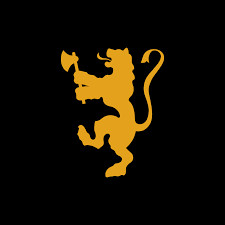
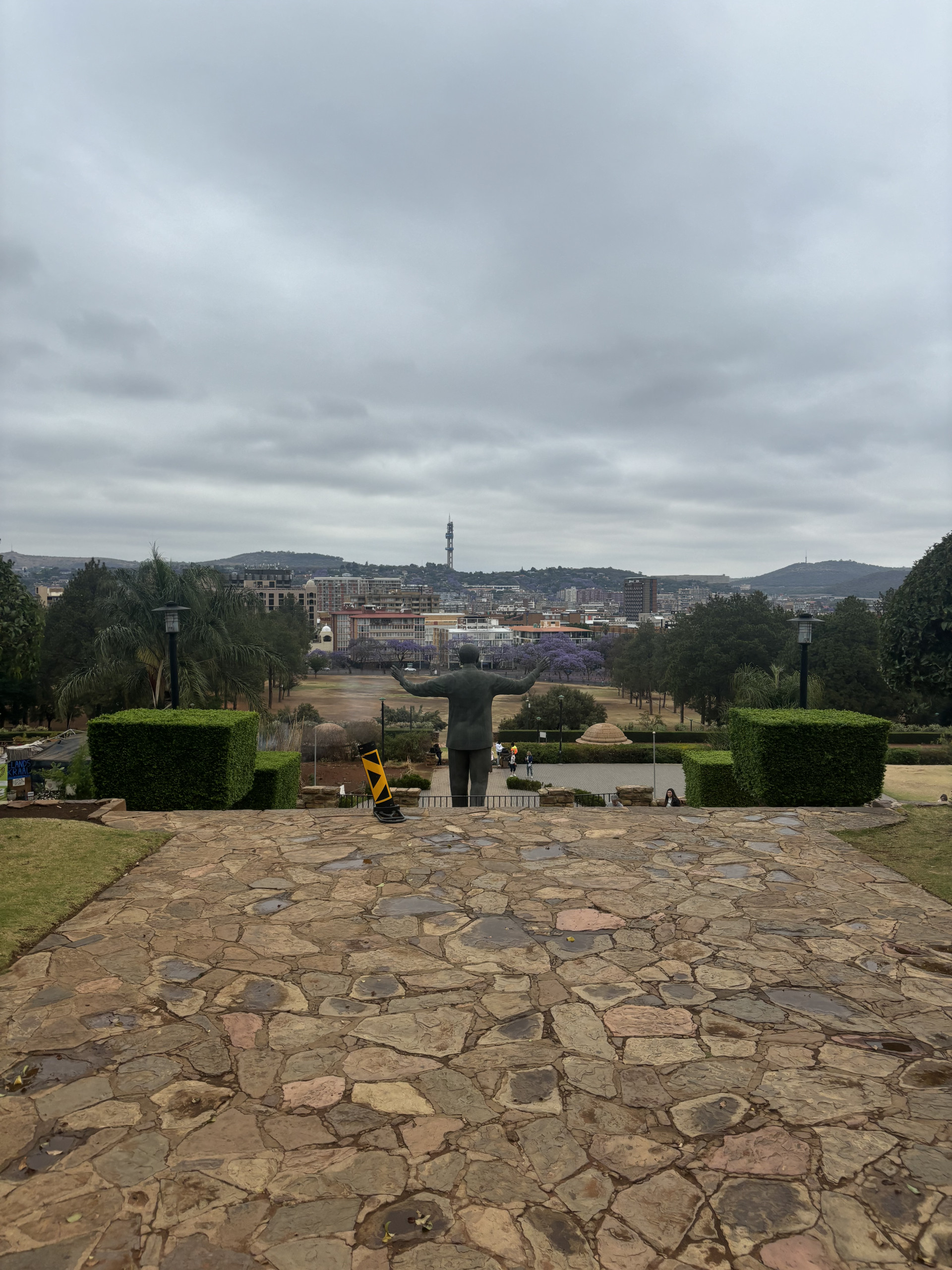
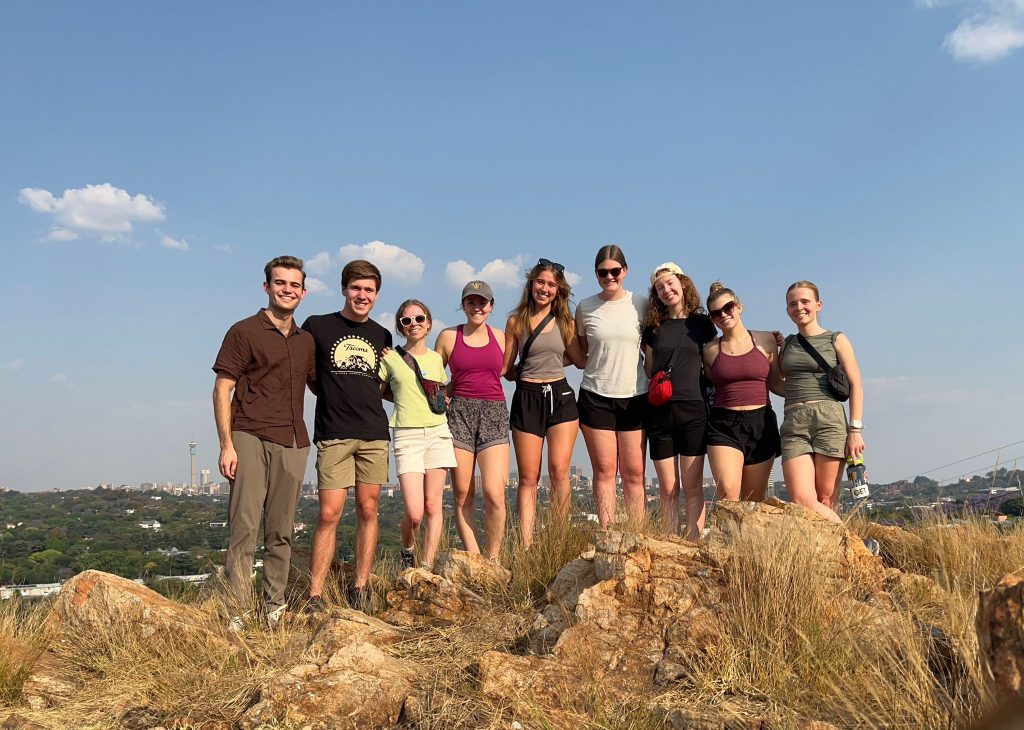
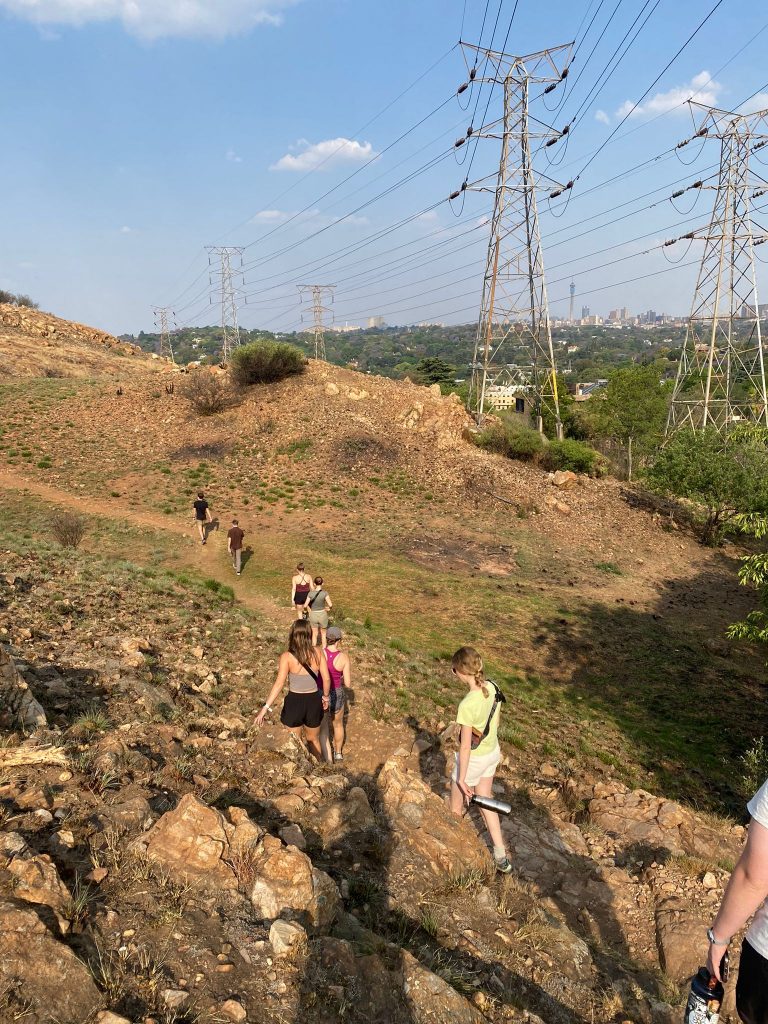
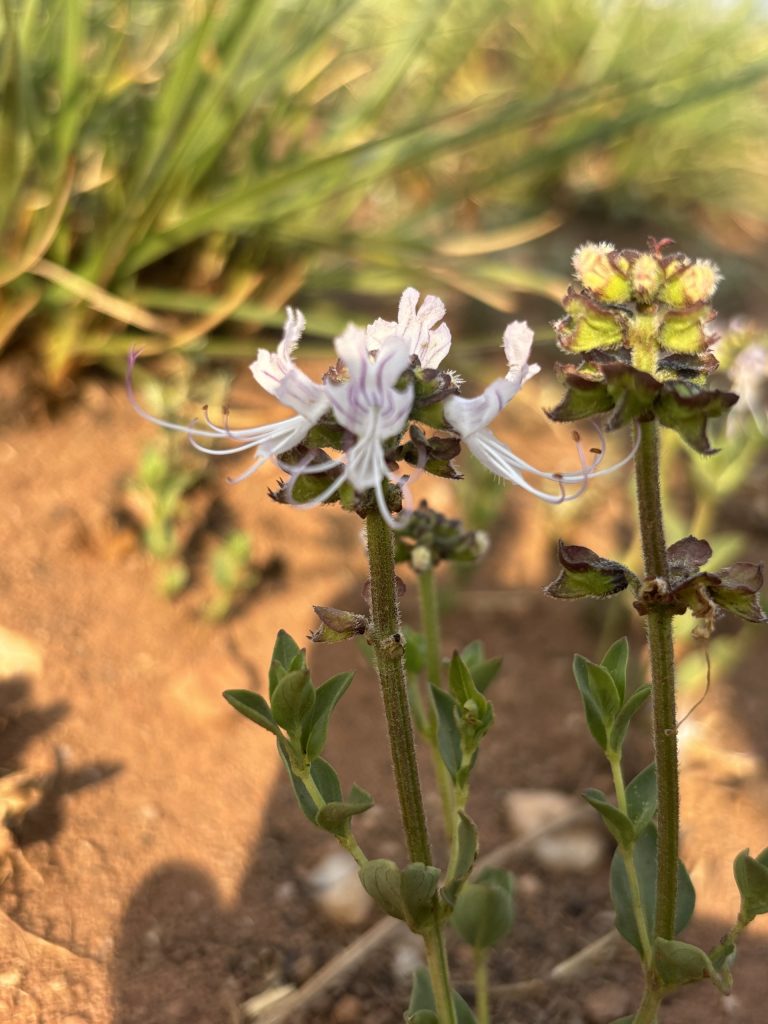
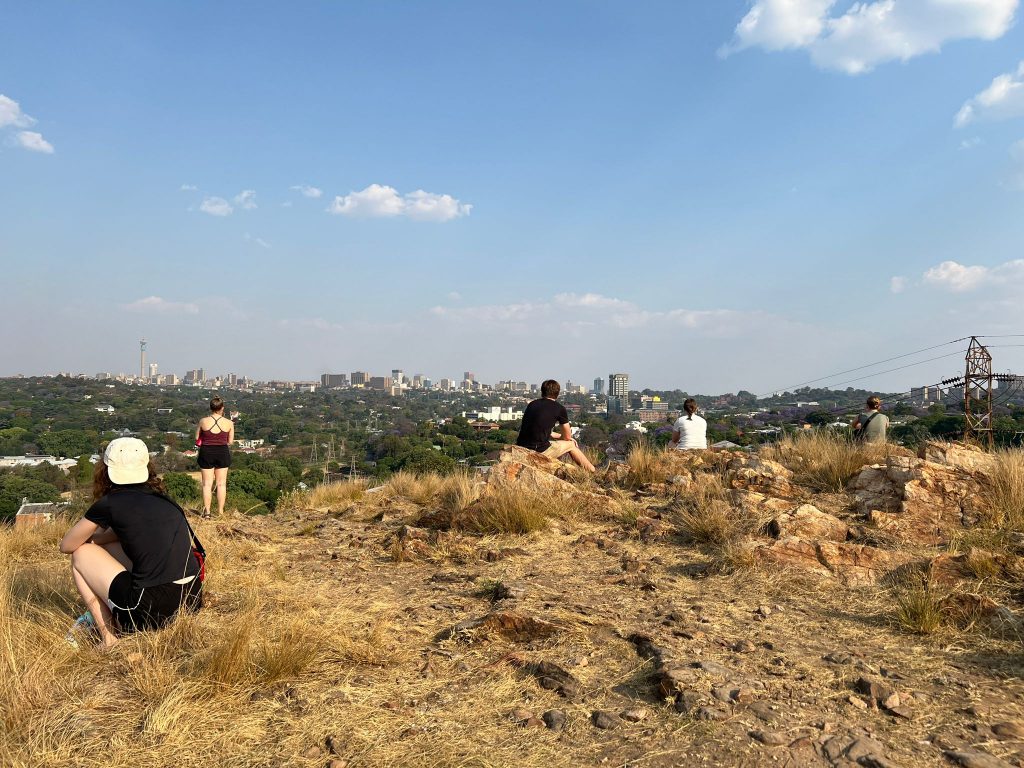
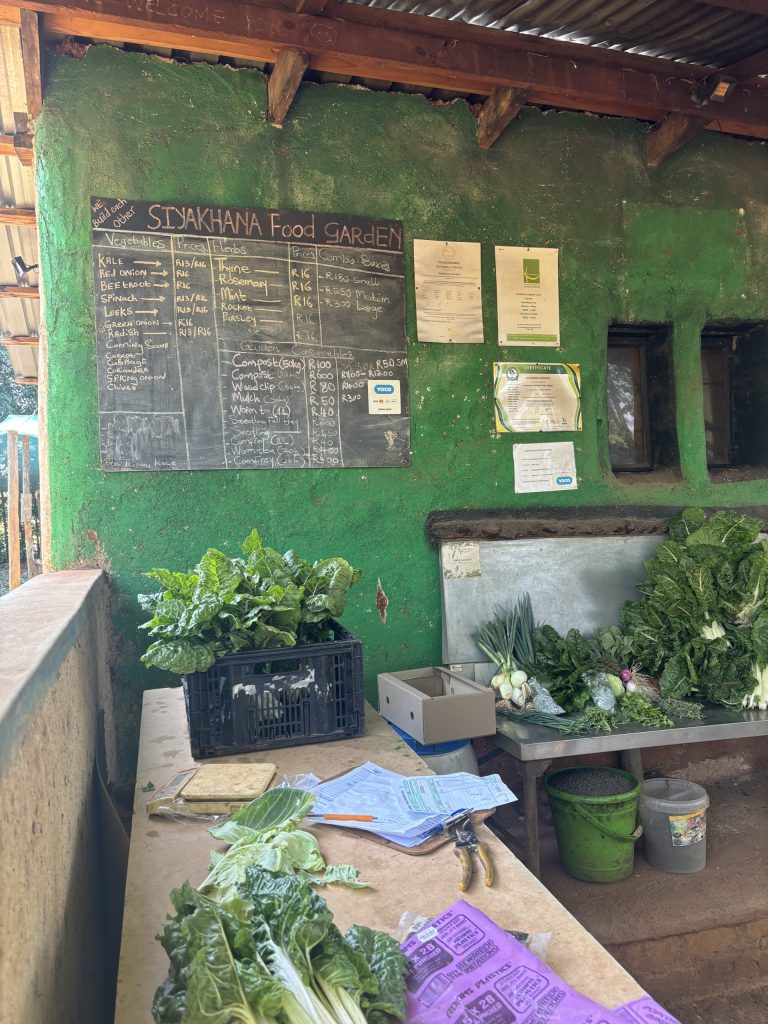
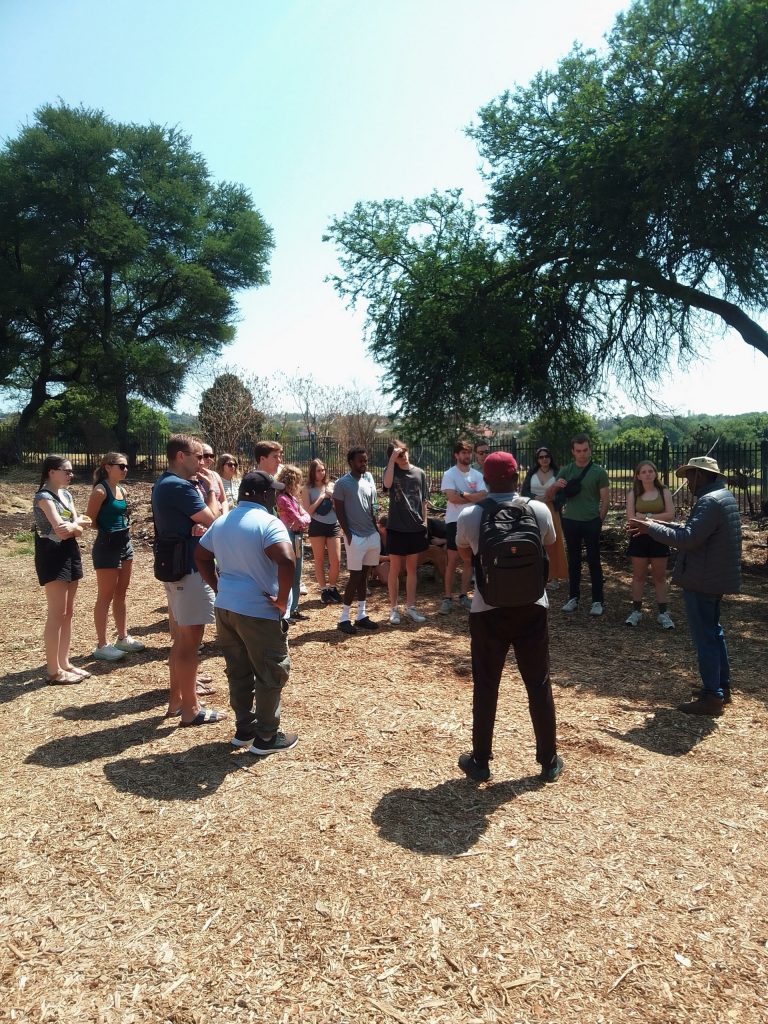
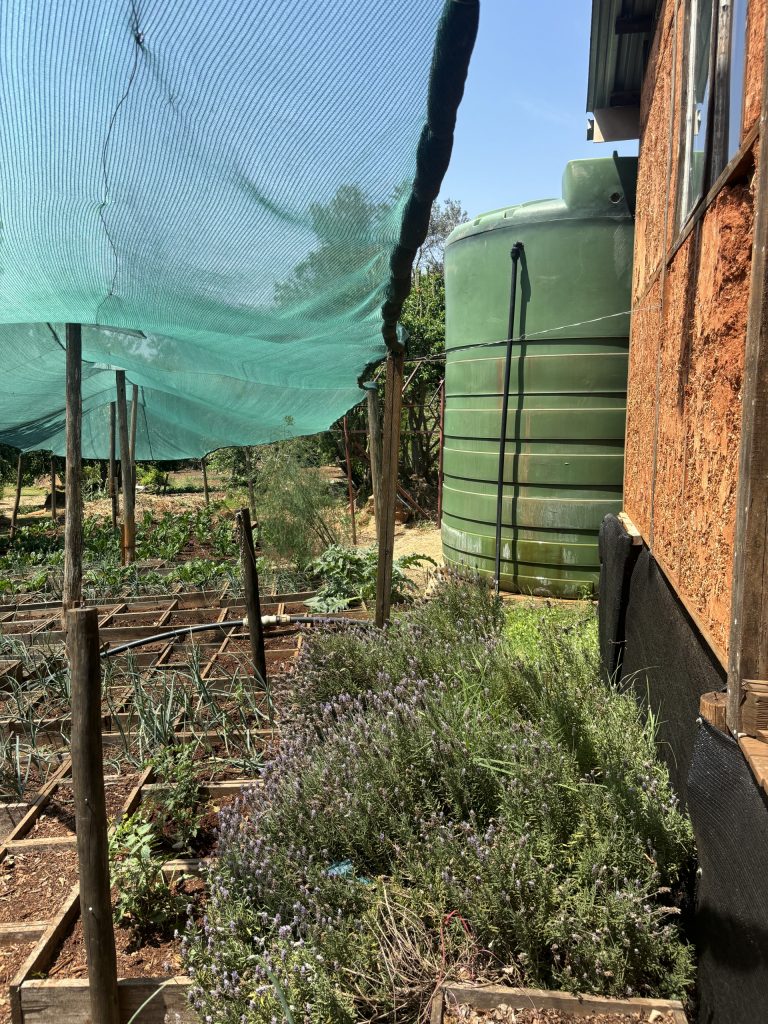
Leave a Reply